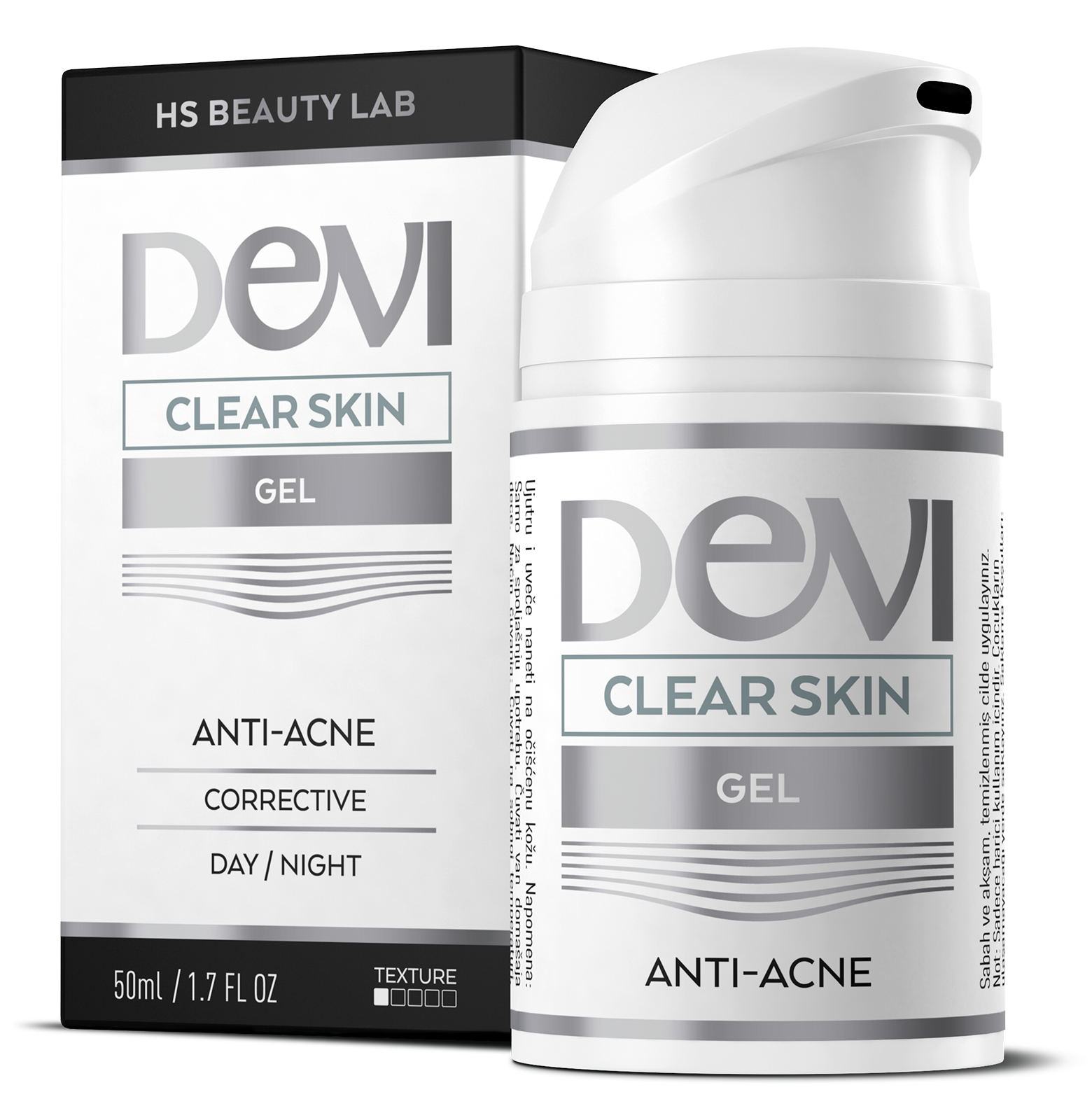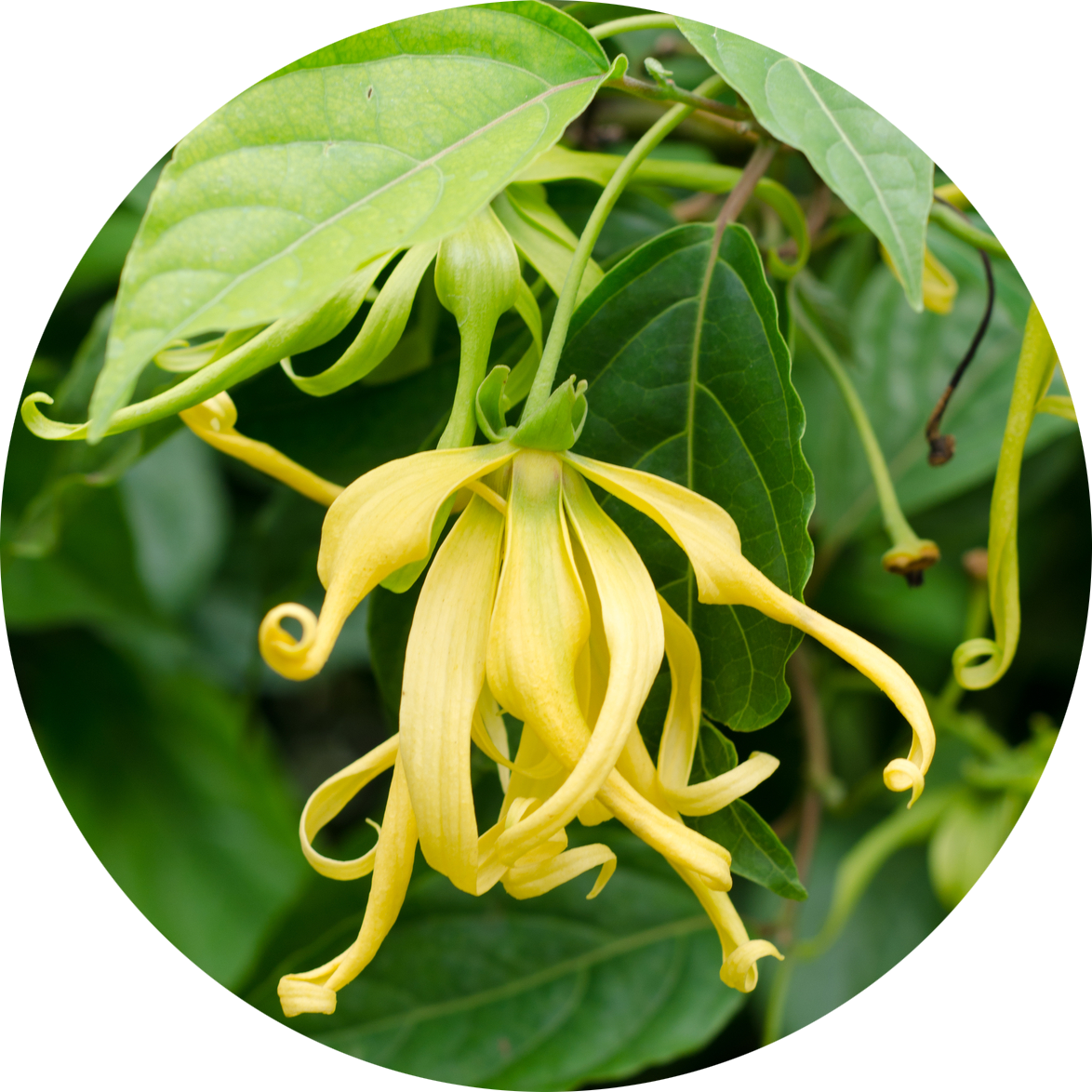(Cananga odorata)
Biljka neobičnog imena ylang ylang dolazi nam iz egzotičnih krajeva Filipina, Indonezije, Malezije, Tajlanda, Vijetnama, Madagaskara Okeanije i tropskih delova Australije. Njeno ime (koje se izgovara ilang ilang, s naglaskom na prvom slogu), potiče od španske transkripcije naziva za drvo ilang ilang iz jezika Tagalog koji se govori na Filipinima, što bukvalno znači divljina, aludirajući na prirodno stanište te biljke. U ovom nazivu imamo lep primer reduplikacije koja je česta u jezicima Dalekog istoka i Okeanije, odnosno tvorbe množine pomoću dupliranja osnove reči ili cele reči. Još neki nazivi za ovo drvo su kananga (cananga), mokasoi ili nata’oi. Ylang ylang se ponekad pogrešno prevodi kao „cvet svih cvetova“, mada to nije daleko od istine.
Eterično ulje koje se pravi od cveta biljke ima snažan cvetni miris, o čemu govori i drugi deo njenog naučnog naziva Cananga odorata – mirisna kananga. Jedna od čestih upotreba biljke je zato u aromaterapiji, jer njen miris smiruje, pospešuje memoriju i kognitivne funkcije. Njeno relaksirajuće dejstvo je i studijski dokazano: nanošenjem esencijalnog ulja na kožu dolazi do osetnog snižavanja krvnog pritiska, smanjenja stresa i depresije. Osim što će odagnati osećaj umora i bezvoljnosti, ylang ylang će podići raspoloženje i dati nam „vetar u leđa“ kada je samopouzdanje u pitanju. Zato nije loše imati pri ruci njegovo ulje u situacijama kada nam treba malo više optimizma.
Kako podiže raspoloženje, tako deluje i kao afrodizijak, jača senzualnost i seksualnu želju a smanjuje seksualnu anksioznost. Zato ga zovu i cvetom ljubavi, pa je čest dekor postelja mladenaca. Ali, iako pospešuje seksualnu želju, ova biljka ne jača plodnost, naprotiv. Pokazalo se da etanolski ekstrakt korena biljke deluje spermicidno, pa se ylang ylang može smatrati snažnim prirodnim kontraceptivom. U laboratoriji on je smanjio broj spermatozoida kod pacova za čak 94% i blokirao proizvodnju testosterona.
Još jedno iznenađujuće dejstvo ove biljke je antidijabetsko. Ekstrakt lišća i stabljike inhibiraju alfa-amilazu, pa se smatra da bi ova biljka mogla biti korisna u sprečavanju hiperglikemije i komplikacija dijabetesa. U svojoj postojbini ylang ylang je poznat i kao lek ili preventiva za malariju, rešenje za astmu, repelent za insekte, naročito stenice, na Polineziji se dodaje kokosovom ulju za masažu i negu kose, na Papui se korom drveta leči giht dok se na Samoi koristi kao laksativ, Indijci ga koriste kod reumatizma i groznice, ali svuda je pre svega poznat kao čuvar zdravlja, lepote i mladosti kože.
ZAŠTO JE YLANG YLANG LEKOVIT?
Istraživanja hemijskog sastava esencijalnog ulja ylang ylanga otkrila su da ono najviše sadrži monoterpene, između ostalih geraniol, limonen, linalool, nerol, obilje seskviterpena, fenilpropanoide i alifatična jedinjenja. Jedinjenja koja mu daju karakterističan miris su, između ostalih, linalool, metil benzoat, benzil acetat, geranil acetat… Neki od sastojaka ove biljke imaju iznenađujuće snažna dejstva, na primer liriodenin je alkaloid sa snažnim citotoksičnim dejstvom ali i antibakterijskim i antifungalnim. Još jedan alkaloid, sampangin, kao i terpenoidi iz pupoljaka cveta imaju dokazano dejstvo protiv malignih ćelija melanoma, a deluju i antimalarično čime se potvrđuje njegova tradicionalna upotreba. Seskviterpeni su efikasni kod karcinoma jetre, a metil izoeugenol moćno deluje protiv bakterija i gljivica.
Antimikrobno dejstvo ekstrakta svih delova biljke ylang ylang je dokazano i izuzetno široko, samo neki od patogena kod kojih je vrlo efikasno su Propionibacterium acnes, Candida albicans, Klebsiella, Salmonella, Shigella, Escherichia coli, Staphylococcus aureus…
CVET LJUBAVI ZA KOŽU
Samim tim što ima moć da uništava ćelije kancera, ova biljka poseduje snažna antioksidantna svojstva, čime, ne samo da nas štiti od najtežih oboljenja, već nam pomaže i da zadržimo mladalački izgled. Nedavna istraživanja su otkrila da ekstrakt ylang ylanga ima moć da reguliše proizvodnju melanina čime pomaže u zaštiti od štetnih UV zraka, ali i sprečava hiperpigmentaciju kože. Takođe, jedno od korisnih dejstava ove biljke je i protivupalno, zbog čega se tradicionalno i koristi kod reumatizma i artritisa, ali je prisutno i kod upalnih poremećaja kože.
Ali ylang ylang je najkorisniji za kožu sklonu aknama. Sama njegova sposobnost da deluje antibakterijski kod Propionibacterium acnes dovoljna je da spreči ovaj neprijatni poremećaj kože. Ylang ylang dodatno pomaže u regulisanju proizvodnje sebuma, smiruje upale i crvenilo, sprečava iritacije, čisti kožu, pospešuje cirkulaciju i doprinosi zadržavanju vlage u koži. Njegova antioksidantna svojstva daju odličan antiage efekat, toniziraju kožu i sprečavaju prerani nastanak bora.
Ylang ylang je koristan i kod posekotina, rana i ispucale kože jer će svojim antiseptičnim dejstvom sprečiti infekcije i upale, hidrirati kožu i pospešiti njeno zaceljivanje. Dakle, iako je prevod imena ove biljke „cvet svih cvetova“ pogrešan, ona bi ga bez problema mogla poneti s ponosom. Zato je ylang ylang dospeo i u Devi kozmetiku: on je deo Clear skin gela u kome radi ono što najbolje ume: sprečava pojavu akni ili pomaže u njihovoj eliminaciji, smanjuje upale kože, reguliše sebum, čisti i smanjuje pore i eliminiše hiperpigmentaciju. Clear skin gel pogodan je i za najosetljiviju kožu, a pored ove sjajne biljke sadrži i niz dragocenih i potpuno prirodnih sastojaka koji deluju u sinergiji. Rezultat je čist i ujednačen ten, samopouzdanje i optimizam. Sve sa dahom dalekih egzotičnih ostrva.

